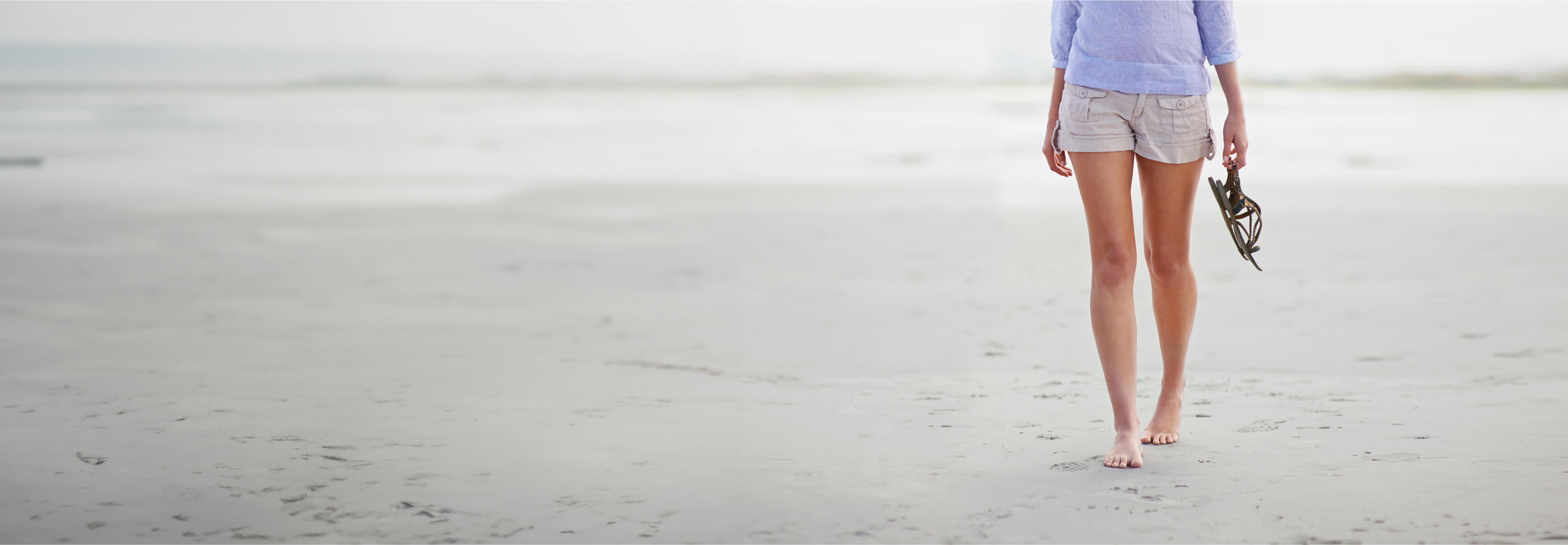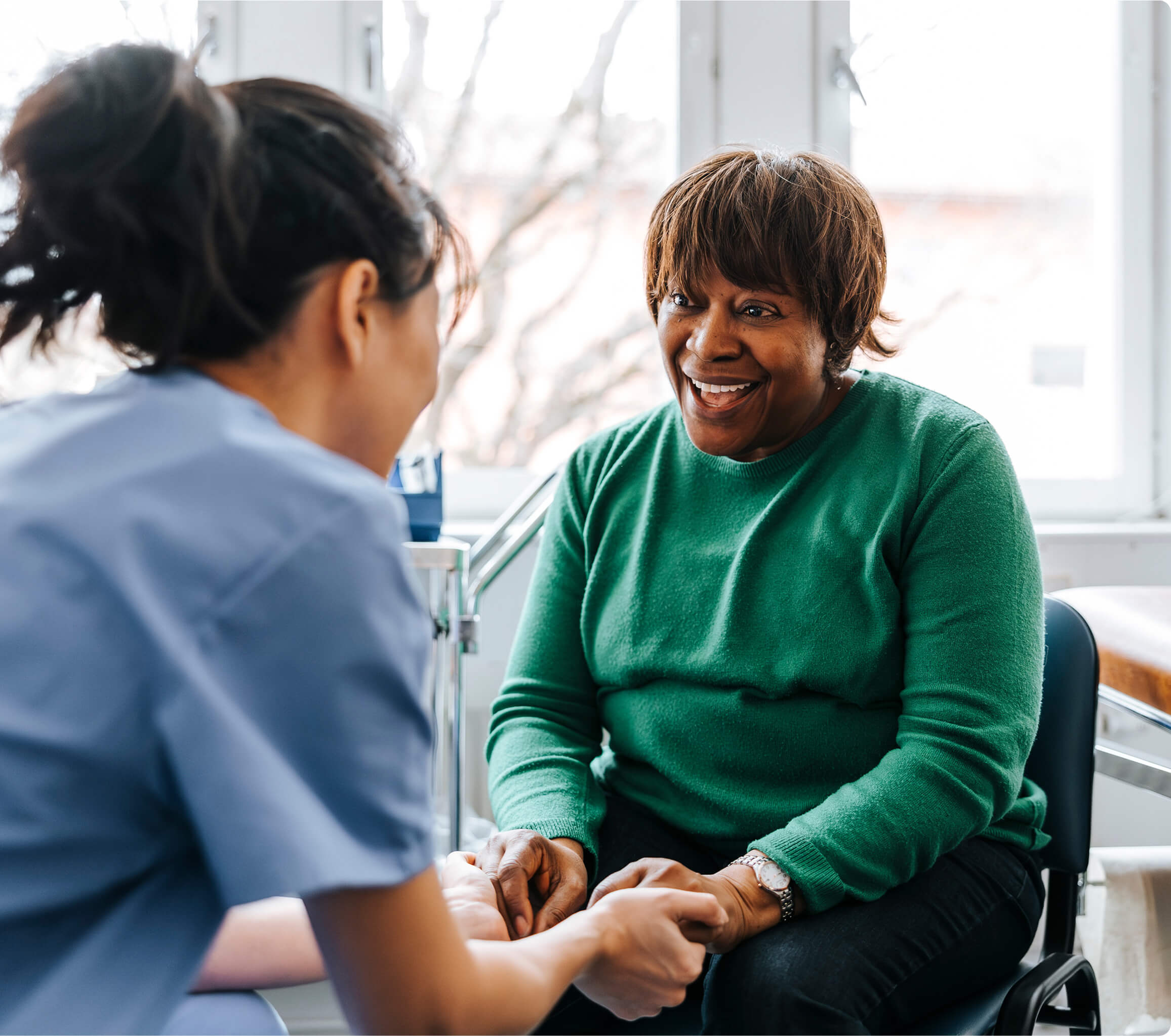Learn about varicose veins
- What are varicose veins?
- Who is a candidate for varicose vein procedures?
- What procedures help with varicose veins?
- What are the benefits of varicose vein procedures?
Who is a candidate for varicose vein procedures?
If varicose veins are causing you pain or discomfort, then our minimally invasive, nonsurgical procedures could be right for you. These outpatient procedures are quick and offer relief from painful symptoms.
What procedures help with varicose veins?
If varicose or spider veins are causing discomfort, our minimally invasive procedures can help you look and feel better—with little to no downtime. These procedures are done to close off or remove damaged veins, allowing blood to flow through healthier veins nearby. They are performed in an outpatient setting, so you can go home the same day.
Varicose and spider vein procedures are very safe, especially with an experienced doctor. Some people may experience minor bruising and soreness. Most patients feel little pain and heal quickly. Your doctor will discuss any risks or side effects during your initial appointment.
Getting ready for your varicose or spider vein procedure is simple. You'll meet with your doctor to review your health history. Your doctor may perform a physical exam and determine which procedure will be best for you. Your doctor will explain the procedure in detail and answer any questions you have. Ahead of your procedure, you should bathe or shower and shave the area of your leg where you'll be treated. It's also recommended to bring compression stockings with you to the center to wear after your procedure.
Recovery from a varicose vein procedure is usually quick and easy. It's an outpatient procedure, so you'll go home the same day. Most people have little pain or discomfort after the procedure and are walking right away. The varicose and spider veins will gradually fade away, typically within a few weeks to a few months. You will be encouraged to wear compression stockings long-term to prevent new varicose veins from forming.
Our centers take most insurance plans. However, always check with your insurance provider to understand what your plan covers and any costs you may incur, such as a co-pay.
Sources
1. Varicose Veins. Society for Vascular Surgery. Accessed April 18, 2025.
2. Tang TY, Yap CJQ, Chan SL, et al. 3-year clinical outcomes of A Singapore VenaSeal™ real world post market evaluation Study (ASVS) for varicose vein ablation. CVIR Endovasc. 2024;7(1):41. Published 2024 Apr 27. doi:10.1186/s42155-024 00452-8
3. Lattimer CR, Kalinowski M, Davies HO, et al. Systematic Review and Network Meta Analysis of Randomised Controlled Trials Comparing Endovenous Ablation Techniques for Primary Varicose Vein Disease. J Vasc Surg Venous Lymphat Disord. 2021;9(5):1241-1252.e7. doi:10.1016/j.jvsv.2021.01.013
4. Hamann SAS, Giang J, De Maeseneer M, Nijenhuis RJG, van den Berg JC. Radiofrequency ablation versus conventional surgery for great saphenous vein incompetence. J Vasc Surg Lymphat Disord. 2020;8(4):700-708. doi:10.1016/j.jvsv.2019.12.066
5. Rasmussen LH, Lawaetz M, Serup J, Bjoern L, Vennits B, Norregaard S. Randomized Clinical Trial Comparing Endovenous Laser Ablation, Foam Sclerotherapy and Surgical Stripping for Great Saphenous Vein Varicose Veins. Br J Surg. 2011;98(8):1079-1086. doi:10.1002/bjs.7555
6. Microphlebectomy. UPMC. Accessed April 18, 2025.



